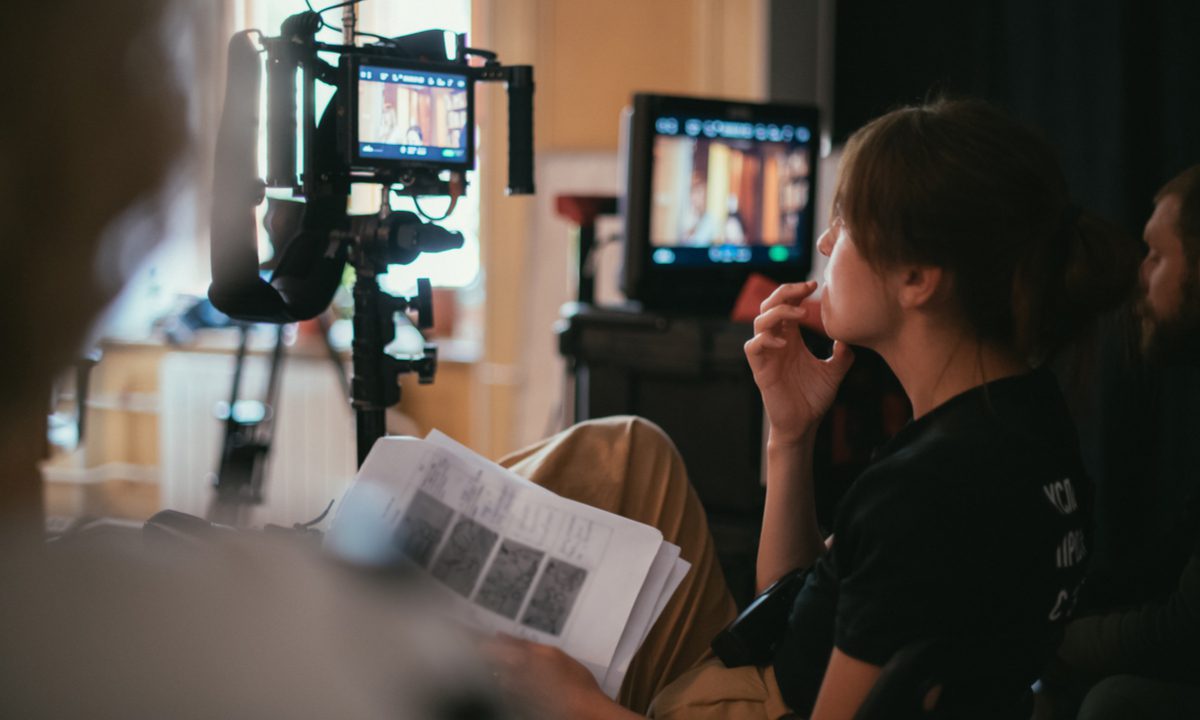
In business, sometimes the more things change … well, the more they change.
We’re seeing disintermediation and disruptions as the connected economy continues to shape. Innovation gives rise to those disruptions, and along the way, not surprisingly, top lines get disrupted too.
Just one example of the above statements can be found in the recent headlines (via Bloomberg) swirling around two very A-list stars — that would be Tom Cruise and Sandra Bullock — who contend that the linkup between Paramount+ and Epix (owned by Amazon) will cost them money.
In terms of the disintermediation and the disruption, in this case, the movie studio is getting less than would be seen in traditional models, as the streaming services buy rights upfront and do not pay the stars a cut of the money.
What happens next is anyone’s guess, but the pivot in the film industry mirrors that which is being seen in financial services. At a high level, banks and FinTechs have relied on interchange revenues to help fund other units that underpin other lines of revenues.
Change Looms for Interchange
The models are of course in flux. Interchange fees — levied by the card networks and charged to merchants — can and do help neobanks continue their operations. The interchange fees charged to the merchants have not been capped for the smaller banks that have traditionally been the partners of the digital only upstarts. The card programs also serve as onramps to new services (crypto, anyone?) that are the hallmark of the FinTechs.
And though, like the movie studio model just mentioned, the near term and longer term model disruption still is not entirely clear, If regulators cap interchange fee revenue, there will be a reckoning for the FinTechs. In part, the impact can be mitigated with innovation that looks to meet consumers right at the point of commerce (say, with BNPL) or to deliver banking services (digital wallets, checking and a “holistic” view of financial health) that works inside the growing connected continuum of a range of daily financial life.
As relayed by Karen Webster earlier this week, digital engagement is gaining across more than three dozen activities tracked by PYMNTS, even as we return to life lived outdoors and in person.
“Channels will have to adapt to the consumer’s preferences and not the other way around, making the trip to the store, doctor, real estate agent’s office or gym worth their time and their money,” she wrote, and so we’re seeing some disintermediation. A trip to the grocery store, for example, is transformed by the aggregator/delivery option. And, increasingly, we’re seeing one use case lead to another, through concurrent cross-pollination, where familiarity with using Zelle leads to greater comfort embracing real time payments, or booking travel online…and on and on.
In the end, when even Tom Cruise (or at least his wallet) is buffeted about a bit by changing markets … well, we know that every one, and every firm, has to change sooner or later. Sometimes sooner.